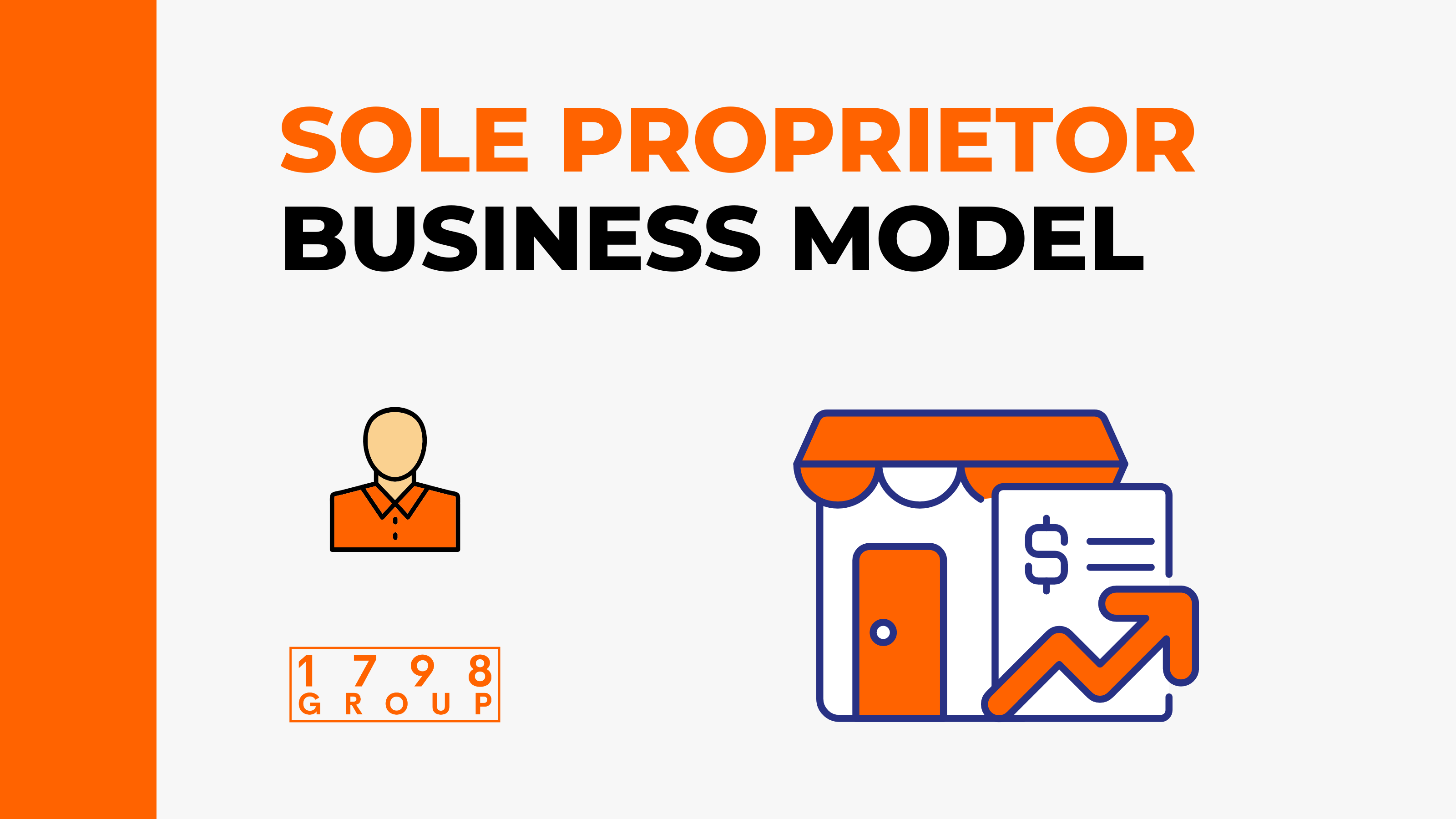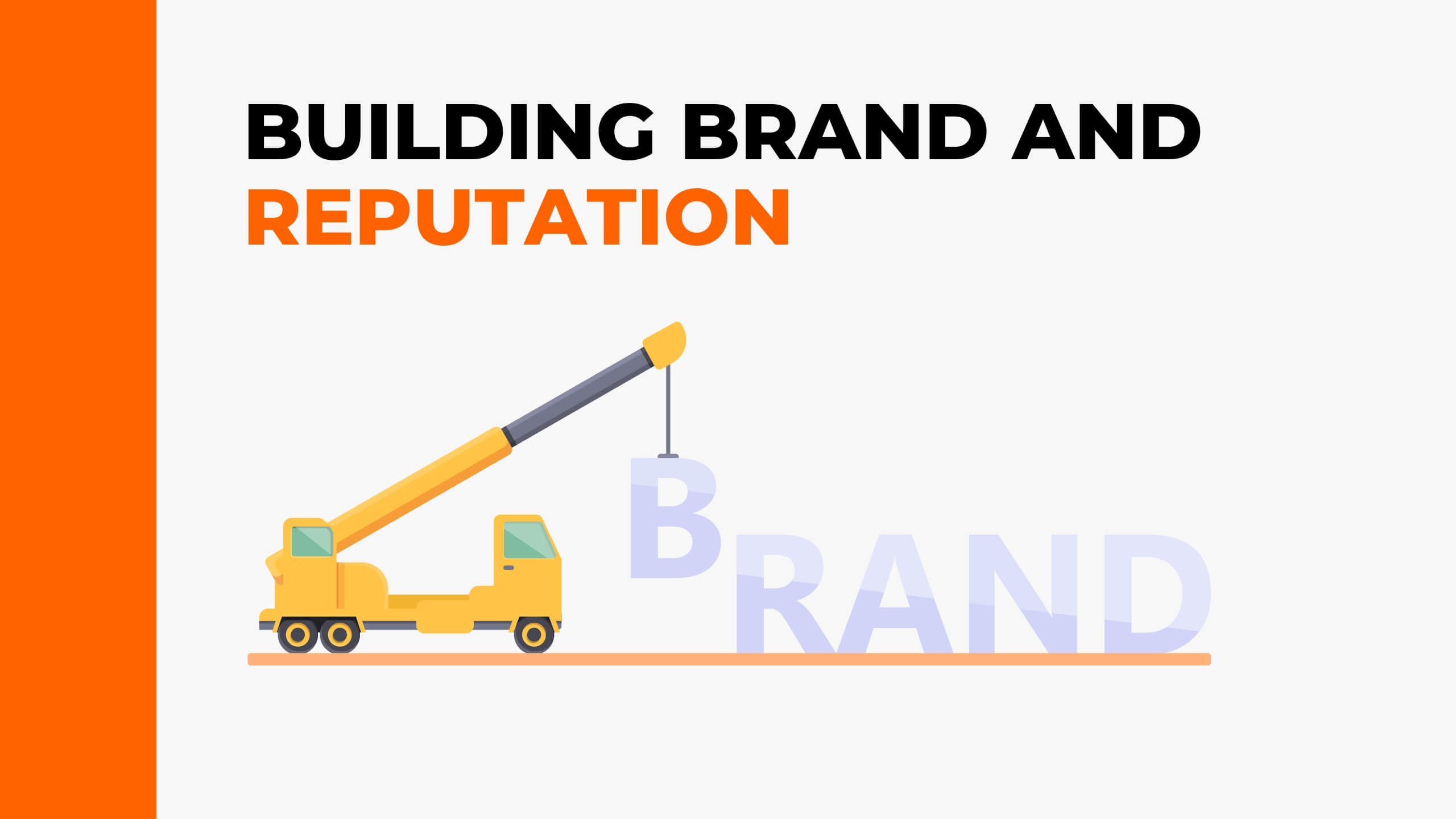
The Sole Proprietor business model is one of the most straightforward ways to start a business. It is a business owned and operated by an individual. The sole proprietor has full control over the business and is responsible for all decisions, management, and debts. This type of business structure is very common and is ideal for small businesses or individuals who wish to work alone without much bureaucracy.
Advantages of Sole Proprietorship:
Easy and Inexpensive Setup:
One of the most significant advantages of the sole proprietor business model is its ease of setup. Starting a sole proprietorship business is inexpensive and requires minimal legal paperwork. Unlike other business models, no corporate bylaws, partnership agreements, or articles of incorporation are needed to get started.
Complete Control:
The sole proprietor has complete control over the business, from decision-making to management. This means that the proprietor can make decisions quickly and implement changes without having to go through the formalities of a corporate or partnership structure.
Tax Benefits:
Sole proprietorship businesses are considered “pass-through” entities for tax purposes, which means that the proprietor reports business profits and losses on their personal income tax returns. This eliminates the need for filing separate tax returns for the business, reducing accounting expenses.
Flexibility:
Sole proprietors are free to run their businesses as they see fit, with no requirement for meetings or votes. They can make changes to their business plan, location, or products as they wish, without having to consult or inform any partners.
Disadvantages of Sole Proprietorship:
Unlimited Liability:
The biggest disadvantage of the sole proprietor business model is the owner’s unlimited liability. The proprietor’s personal assets are at risk if the business is sued, and the proprietor is responsible for all the debts and obligations of the business. This means that any lawsuits, debts, or other liabilities are the responsibility of the proprietor and can be collected from personal assets, including bank accounts, savings, or even the proprietor’s home.
Limited Capacity:
Sole proprietors cannot raise capital or sell company shares to generate more money. The proprietor has limited financial resources and may find it difficult to fund expansion, which could limit growth.
Limited Expertise:
Sole proprietors have limited expertise in all aspects of their business, which could hinder their growth. For example, if a proprietor is not an expert in accounting or finance, they may make mistakes that could impact the financial stability of the business.
Dependence on the Owner:
\Sole proprietorship businesses are dependent on the proprietor’s presence, knowledge, and expertise. If the owner is unable to work or dies, the business may suffer or even fail.
Examples of Sole Proprietorship Businesses:
A single-person shop that sells handmade jewelry or crafts online.
A small farm or ranch that is operated by one person and sells produce or livestock.
A hair salon or barbershop that is operated by a single owner.
Conclusion:
The sole proprietor business model is a popular choice for small businesses and individuals who want to start their own business without much bureaucracy. While there are advantages to this business model, such as its ease of setup, flexibility, and tax benefits, there are also disadvantages, such as the owner’s unlimited liability and limited financial resources. It’s important to consider the pros and cons of this business structure before deciding if it’s the right choice for you.



